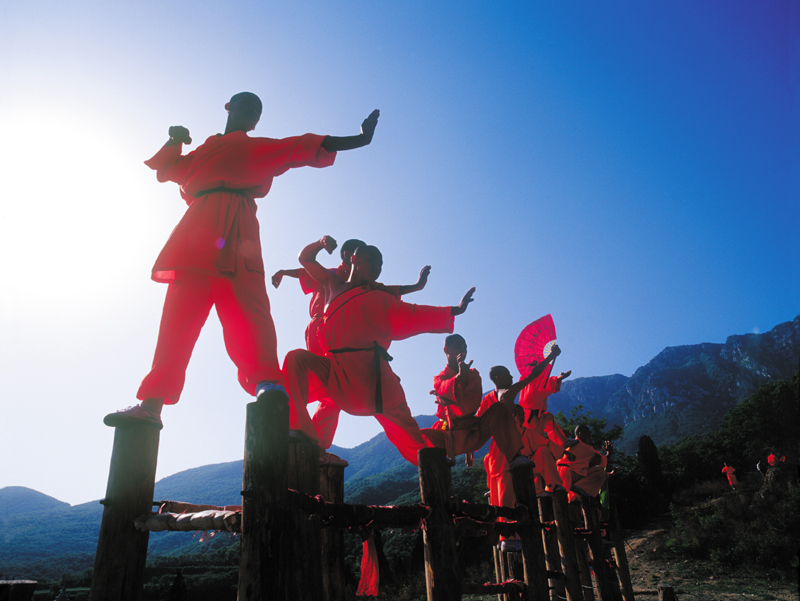 |
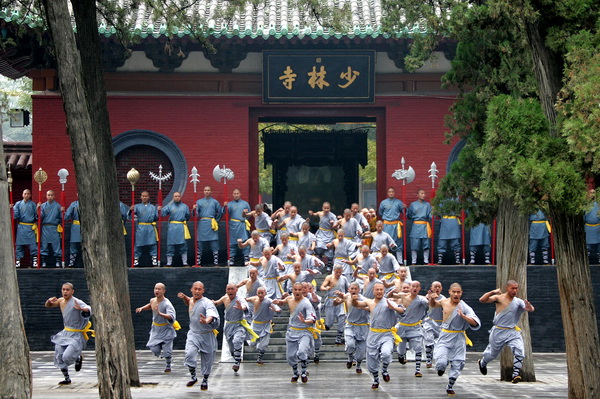 |
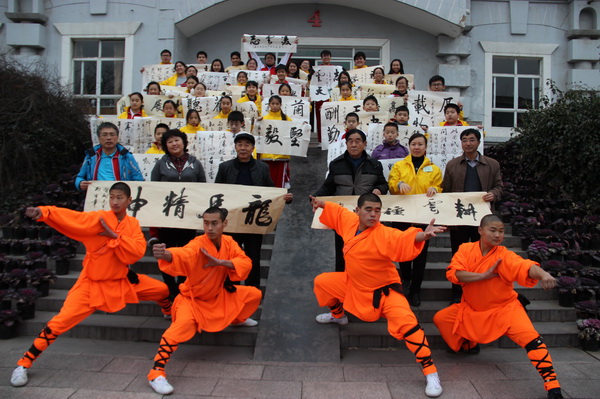 |
 |
|
Kaifeng
Kaifeng,known as "the Capital of Seven Dynasties", is one of the Eight Ancient Capitals in China. With its long history and splendid culture, this ancient city is immersed in a dense cultural atmosphere. During the Northern Song Dynasty, the prime of Kaifeng, it especially enjoyed the reputation as one of the most prosperous capital cities in the world. The famous painting Market Day at the QingMing Festival by Zhang Zeduan (a famous painter of the Northern Song Dynasty) and other works, represented the prosperous times and various customs of Kaifeng.
With lots of well-protected ancient relics and abundant water resources, Kaifeng, is a good combination of the time-honored history, culture and tradition. Kaifeng was culturally established quite early. Historically, it was one of the first developed regions due to the abundant water resources, advanced irrigation systems, mild climate and convenient transportation. During the Northern Song Dynasty, its magnificence, magnitude and splendor made the Capital Dongjing (the ancient name of Kaifeng) not only the political, economical, scientific and cultural center of China, but also one of the most prosperous metropolises in the world. The city was uniquely designed to include three parts(the inner city, the outer city and the imperial palace), three city walls and moats. Inside it, both the roads and channels were well-built, thus forming a convenient mode of transportation. With the increase of non-agricultural citizens, the handcraft and business industries blossomed, thus establishing it as the most attractive metropolis both at home and abroad.
The famous royal garden, Genyue Garden, embodies the features of all the famous Chinese mountains, with various rare plants, flowers and animals. Thus the historians call it the transitional masterpiece in Chinese Gardening History. Kaifeng has abundant relics, including 23 cultural relics which are listed as state or provincial level protection, and 162 relics listed at municipal or county level. Many ancient tourist sites, like the Iron Pagoda, Xiangguo Temple, the Qingming Festival Market Garden, Dragon Pavilion Scenic Spot, the Memorial Temple of Lord Bao, Kaifeng Fu (the official institution in charge of judicature during the Northern Song Dynasty) and the Stele Forest of the Imperial Academy in Feudal China, are endowed with high historical and cultural value. As one of the three bases for stone steles and inscriptions, Kaifeng has various kinds of stone inscriptions; more than 1,000 are on display at the Kaifeng Museum and various other tourist spots. Those valuable inscriptions, which date from the Han Dynasty to the Minguo period (1911—1949, the period of the Republic of China), are treasures for history research as well as for calligraphy. |
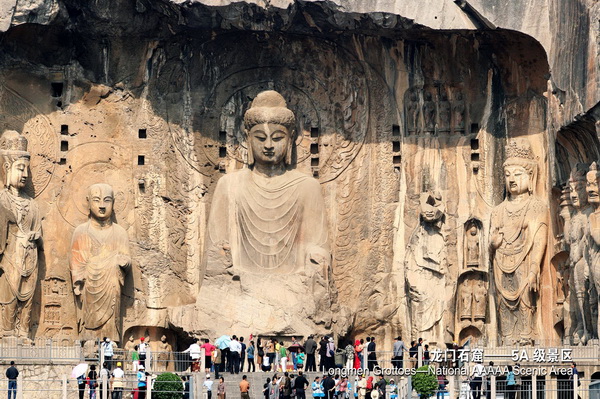 |
||
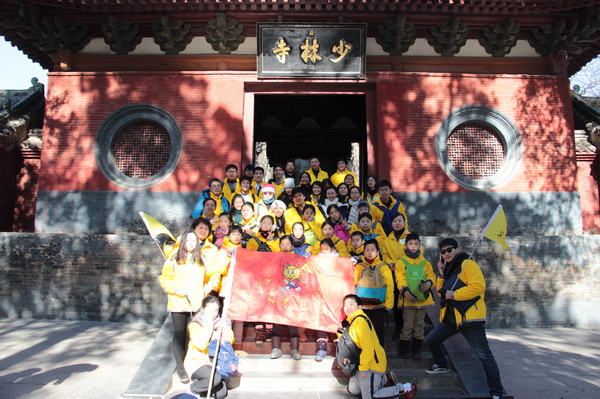 |
|||
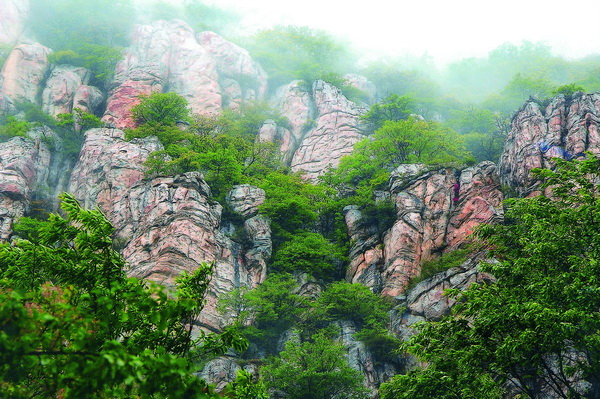 |
|||
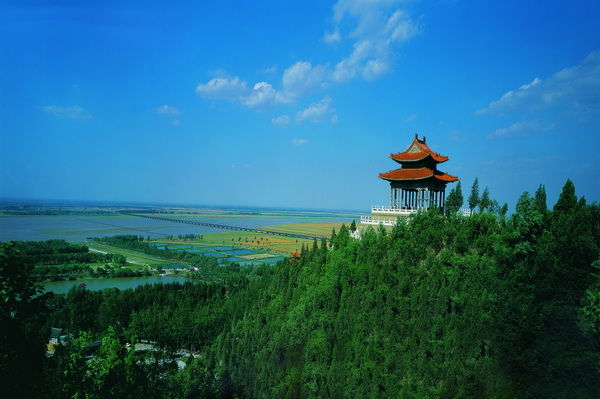 |
|||
 |
 |
 |
 |
|
Longmen Grottoes
Longmen Grottoes, one of the four Grottoes of China, is located in a beautiful place of green mountains and clear water, 13 kilometers away to the south of Luoyang. The grottoes were started around the year 493 when Emperor Xiaowen of the Northern Wei Dynasty (386-534) moved the capital to Luoyang and were continuously built during the 400 years until the Northern Song Dynasty (960-1127). The scenery measures 1,000 metres (about 1,094 yards) from north to south where there are over 2,300 holes and niches, 2,800 steles, 1,300 caves and 100,000 statues. Most of them are the works of the Northern Wei Dynasty and the flourishing age of the Tang Dynasty (618-907). Thousands of niches and statues on Yique Mountain were mostly carved in the Northern Wei Dynasty and the booming period of the Tang Dynasty, the two climaxes in the continuous building of 500 years.
|
 |
||
 |
|||
 |
|||
 |
|||








